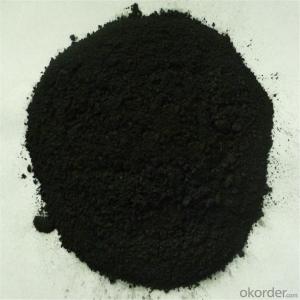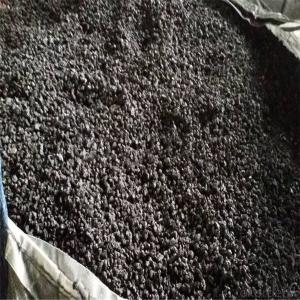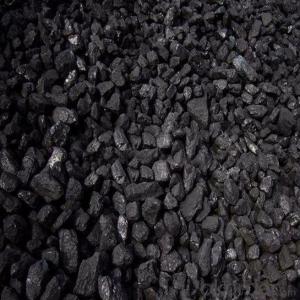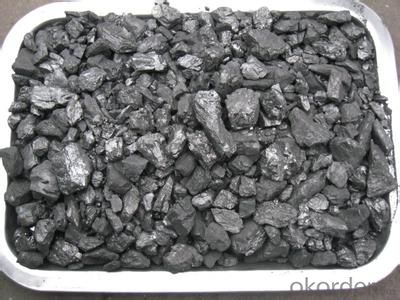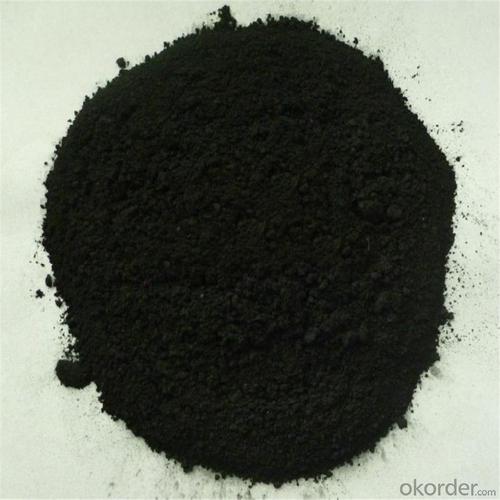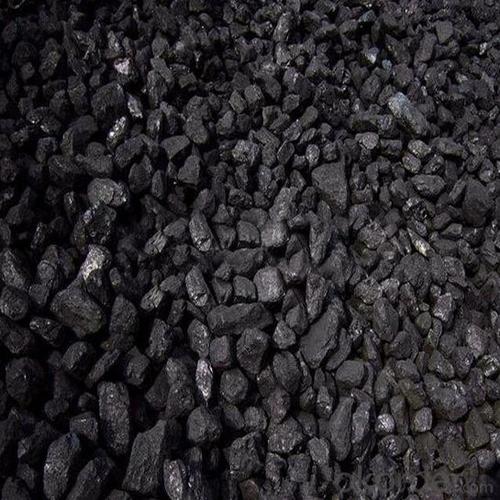Recarburizer low S low N carbon additive carbon riser
- Loading Port:
- Dalian
- Payment Terms:
- TT OR LC
- Min Order Qty:
- 10 m.t
- Supply Capability:
- 500000 m.t/month
OKorder Service Pledge
OKorder Financial Service
You Might Also Like
Specifications of Carbon Raiser:
- F.C 90-95%
- Low sulfur
- ISO 9001
- Calcined petroleum coke
FC 90-95-99% carbon raiser for steelmaking/Calcined anthracite / graphite based / petroleum coke recarburizer
Recarburizer carbon rasier points steelmaking recarburizer (People's Republic of China ferrous metallurgy industry standards, YB / T 192-2001 steelmaking recarburizer) and cast iron with carbon agent, and other materials are also useful to add carbon rasier such as brake pads with additives, as friction materials. carbon rasier belong plus steel, iron by carbon materials. carbon rasier quality is essential for the production of high-quality steel auxiliary additives.
Carbon rasier there are a variety of raw materials, production processes are different, there are wood carbons, carbon-based coal, coke, graphite, etc., of which there are many small species under various categories. High quality carbon agent generally refers to after graphitized carbon agent under high temperature conditions, the arrangement of carbon atoms in graphite morphology was, so called graphitization. Graphitization can reduce the content of impurities recarburiser improve recarburizer carbon content and reduce sulfur content.
Recarburizer Features:
- Medium particle size, porosity, large, absorption speed.
- Using petroleum coke firing temperature, the chemical composition of pure carbon, sulfur, harmful ingredients minimal absorption rate.
- Product good degree of graphitization, improve the original form of liquid iron nuclear capability. Ductile iron ball to increase the number of ink in breeding, increasing the graphite furnace liquid iron nuclei. Refined, uniform distribution of the graphite in the cast.
- excellent performance and stability.
Specifications (%): | ||||||
Grade | F.C | Ash | V.M | Moisture | S | Size |
CR-95 | ≥95 | <4< span=""> | <1< span=""> | <1< span=""> | <0.3< span=""> | 0-30mm |
CR-94 | ≥94 | <4< span=""> | <1< span=""> | <1< span=""> | <0.3< span=""> | |
CR-93 | ≥93 | <6< span=""> | <1< span=""> | <1< span=""> | <0.4< span=""> | |
CR-92 | ≥92 | <7< span=""> | <1< span=""> | <1< span=""> | <0.4< span=""> | |
CR-91 | ≥91 | <8< span=""> | <1< span=""> | <1< span=""> | <0.4< span=""> | |
CR-90 | ≥90 | <8.5< span=""> | <1.5< span=""> | <2< span=""> | <0.4< span=""> | |
Carbon rasier Packing:
- Carbon rasier waterproof bags 25KG / bag, plus tons of bags or trays
- Also provide suitable package according to your needs.
- Q: What is carbon emission and what harm does it do? How can carbon dioxide be prevented?
- Carbon deposition reaction:CH4 = kJ/mol C+H274.92CO = CO2+C +172.4 kJ/mol on.The main cause of carbon analysis is that the ratio of water to carbon is too low, so that the rate of carbon removal is lower than the rate of carbon depositionThe above chemical reactions are reversible reaction, from the analysis of thermodynamics, if the increase in temperature or reducing system pressure, increase the possibility of methane decomposition reaction type is CH4 C+H2 produce coke; possibility of CO reaction 2CO = CO2+C and CO = C + H2 reaction +H2O produce coke decrease. If the temperature is reduced or increased the pressure is on the contrary. The effect of temperature on coke reaction is very large, to avoid the [wiki] [/wiki] carbon catalyst must select the appropriate temperature, avoid carbon deposition area.
- Q: What are the effects of carbon emissions on the Earth's temperature?
- Carbon emissions contribute to the greenhouse effect, trapping heat in the Earth's atmosphere and leading to an increase in global temperatures. This phenomenon, known as global warming, has numerous adverse effects such as melting ice caps, rising sea levels, extreme weather events, and disrupted ecosystems.
- Q: What are the consequences of increased carbon emissions on economic stability?
- Increased carbon emissions have significant consequences on economic stability. One of the most notable impacts is the exacerbation of climate change, leading to more frequent and severe natural disasters such as hurricanes, floods, and wildfires. These events result in immense economic damage, including the destruction of infrastructure, loss of property, and disruption of supply chains. Furthermore, the effects of climate change, driven by increased carbon emissions, also have long-term economic implications. Rising sea levels threaten coastal cities and industries, leading to the potential displacement of populations and loss of valuable assets. Extreme heatwaves and droughts can damage agricultural productivity, affecting food security and increasing prices. These climate-related disruptions can destabilize economies, particularly in vulnerable regions heavily reliant on agriculture or tourism. Additionally, efforts to mitigate and adapt to climate change, such as transitioning to cleaner energy sources and implementing climate policies, require significant financial investments. This can strain government budgets and divert resources away from other socio-economic priorities, potentially leading to reduced funding for education, healthcare, and infrastructure development. Moreover, the economic consequences of increased carbon emissions extend beyond immediate climate-related impacts. The reliance on fossil fuels as the primary source of energy contributes to volatile oil prices, which can disrupt global markets and impact economic stability. As the world moves towards a low-carbon economy, industries heavily dependent on fossil fuels may face significant challenges, leading to job losses and economic dislocation. In summary, increased carbon emissions have far-reaching consequences on economic stability. The resulting climate change leads to more frequent and severe natural disasters, causing substantial economic damage. Furthermore, the need to respond to climate change through mitigation and adaptation efforts can strain government budgets and divert resources away from other essential sectors. Lastly, the reliance on fossil fuels contributes to volatile oil prices and poses long-term risks to industries tied to these resources. Addressing carbon emissions is crucial for safeguarding economic stability and promoting sustainable growth.
- Q: How does carbon affect the formation of tsunamis?
- The formation of tsunamis is not directly influenced by carbon. Tsunamis primarily occur as a result of underwater earthquakes, volcanic eruptions, or landslides. Carbon, in the form of carbon dioxide (CO2), is a greenhouse gas that contributes to global warming and climate change. Although carbon emissions and the resulting climate change can affect ocean temperatures and sea levels, they do not directly cause tsunamis. However, it is important to consider that climate change can indirectly impact the intensity and frequency of natural disasters, including tsunamis, by affecting oceanic and atmospheric conditions. The rising sea levels caused by melting glaciers and polar ice can potentially increase the destructive power of tsunamis by enabling them to reach further inland. Moreover, climate change can influence the occurrence and strength of earthquakes and volcanic activity, which are the main triggers of tsunamis. Therefore, even though carbon emissions do not directly influence the formation of tsunamis, their impact on climate change can indirectly affect the factors that contribute to the development and severity of tsunamis.
- Q: What's the difference between blue and red Panasonic batteries (carbon)?
- Blue is leak, proof, general, Purpose, general use battery (leak proof)Red is the long life long life battery (suitable for watches and clocks and other small power appliances)And heavy duty green seems to be good for high power appliances, such as toy cars
- Q: Organic matter is converted from organic carbon. Why is humus represented by carbon instead of converted?
- However, humus is an important part of soil organic matter, is formed by the decomposition of organic matter in the soil, is a black amorphous organic colloid. Humus is organic polymer compound with colloidal acid, high content of nitrogen. The humus must be organic carbon content, and with the soil humus carbon content was positively correlated.Humus is a kind of soil organic matter, while soil organic matter also contains fresh organic matter and partially decomposed organic matter
- Q: Whether the CO2 content in the boiler smoke can not be measured, the measurement of carbon content of fly ash ah? @ @ Thank you very much!!!
- Just like oxygen measuring zirconia, the CO2 content has a specialized CO2 sensor that can be measured directly
- Q: How dnf advanced carbon ashes?
- Mall has sold, and sometimes activities, and now there is no
- Q: What is carbon monoxide poisoning?
- Carbon monoxide poisoning is a potentially life-threatening condition that occurs when a person inhales excessive amounts of carbon monoxide gas. This gas is colorless, odorless, and tasteless, making it difficult to detect without proper monitoring equipment. When inhaled, carbon monoxide displaces oxygen in the bloodstream, leading to oxygen deprivation to vital organs and tissues. Symptoms can range from mild headache and nausea to dizziness, confusion, and even death. It is crucial to have working carbon monoxide detectors in homes and to seek immediate medical attention if poisoning is suspected.
Send your message to us
Recarburizer low S low N carbon additive carbon riser
- Loading Port:
- Dalian
- Payment Terms:
- TT OR LC
- Min Order Qty:
- 10 m.t
- Supply Capability:
- 500000 m.t/month
OKorder Service Pledge
OKorder Financial Service
Similar products
Hot products
Hot Searches

